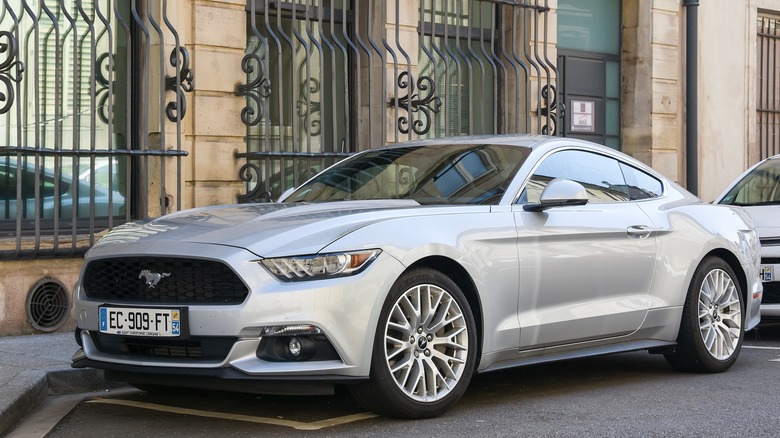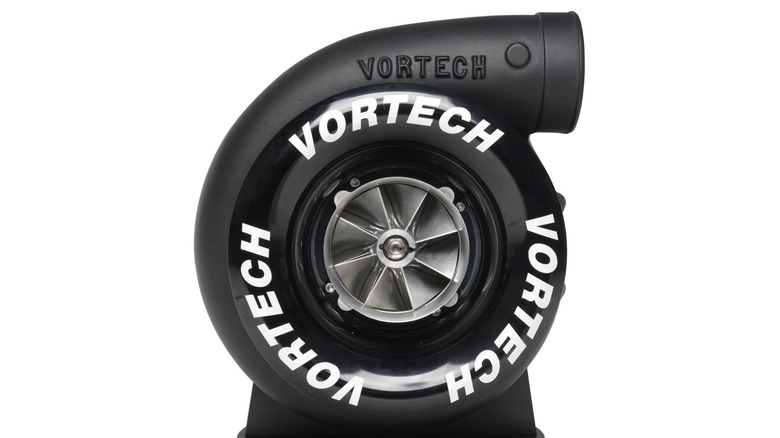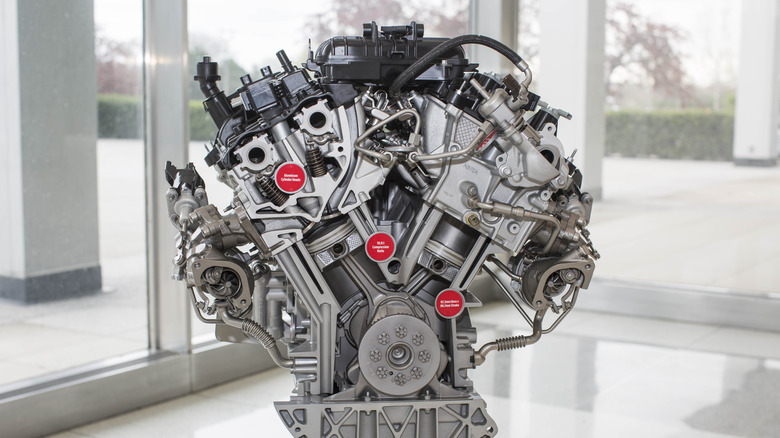Can You Supercharge A Ford EcoBoost Engine? (And Should You?)
Modifying cars is big business, and regardless of whether you drive a Toyota Camry or a Lamborghini Revuelto, there are tuning options out there. Some cars, however, lend themselves to tuning culture more than others, and one brand that tuners simply cannot stay away from, is Ford. Everything from the evergreen Ford F-150 pickup truck, through to the humdrum Focus hatchback and iconic Mustang muscle car – seemingly no Ford is safe from the clutches of the tuning crowd. Due to this, the extent of off-the-shelf modifications available for these models is pretty extensive, with specialists offering everything from interior kits to upgraded turbos and carbon fiber body panels.
Something that proves a little tougher to find, though, is a supercharger kit for any of the EcoBoost-equipped models. EcoBoost engines range in size and cylinder count, from 1.0-liter three-cylinder motors, up to 3.5-liter V6 mills. What they all have in common, though, is the fact that they are all turbocharged — hence the name, Eco-Boost. Supercharging and turbocharging, often dubbed twincharging, isn't impossible, although it's quite uncommon. So, is it possible to supercharge an EcoBoost engine? The answer is yes, but how much work is involved, and is it really worth it? We delve into the details below.
Supercharged EcoBoost engines are few and far between
Just because something is difficult, it doesn't mean that it isn't worth doing. That's often the mantra of explorative tuning companies, who seek out new ways of doing things, keen to explore the boundaries of certain platforms, and to offer exclusive tuning kits that set them apart from the crowd. MotorTrend highlighted one such specialist, Vortech, who decided to go against the grain and supercharge the Ford Mustang's reliable 2.3-liter EcoBoost engine.
According to Brian Ellis from Vortech's sales and marketing team, "the car is docile and drives like a stock Mustang when cruising around town, but it pulls like a freight train when you put your foot in it." The supercharger used by Vortech here is a V-3 H67B centrifugal supercharger, and it was designed to excel when hooked up to higher-revving, smaller displacement engines. The rest of the engine is largely stock, save for a high-pressure fuel pump. In terms of power, the supercharger has a maximum safe rating of 525 horsepower — a world away from the factory car's 310 horses — although Vortech does not disclose exactly what figures their experimental car is running. They also make it clear that the Mustang is exactly that, experimental, and that the supercharged setup is not a kit they have developed as a bolt-on modification for sale.
Should you supercharge your EcoBoost engine?
Unlike upgrading the stock intercooler — which is one of the best modifications you can carry out on an EcoBoost engine — supercharging one of these engines is not a simple and straightforward modification to carry out. The process carried out by Vortech when supercharging their 2015 Mustang was quite extensive, with many modifications required to make it work, such as the addition of new pulleys, a charge cooler, and special pipework. While it's likely that others exist, searching for supercharged EcoBoost engines doesn't bring up a plethora of examples, and there's probably a good reason for that.
As EcoBoost engines are all turbocharged from the factory, there is already an established logical route of increasing power output – upgrading the turbo. In addition, cold air intakes, ECU tunes, and upgraded intercoolers are also all popular ways of upping the factory output, and way more straightforward than incorporating a supercharger. While adventurous tuners who wish to stand out from the crowd may fancy supercharging EcoBoost engines as a way to stand out from the crowd, for the bulk of us, doing so makes little sense.


